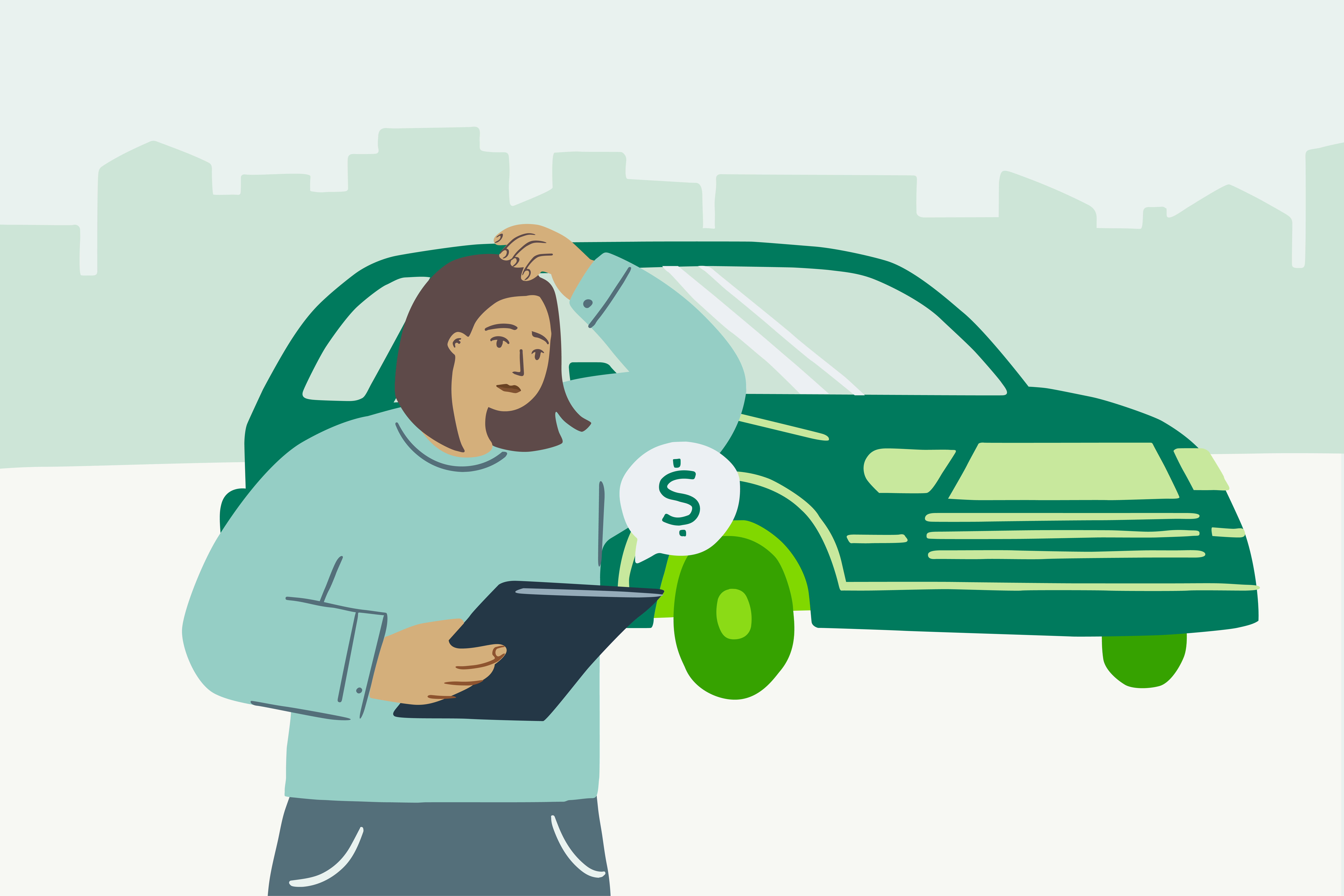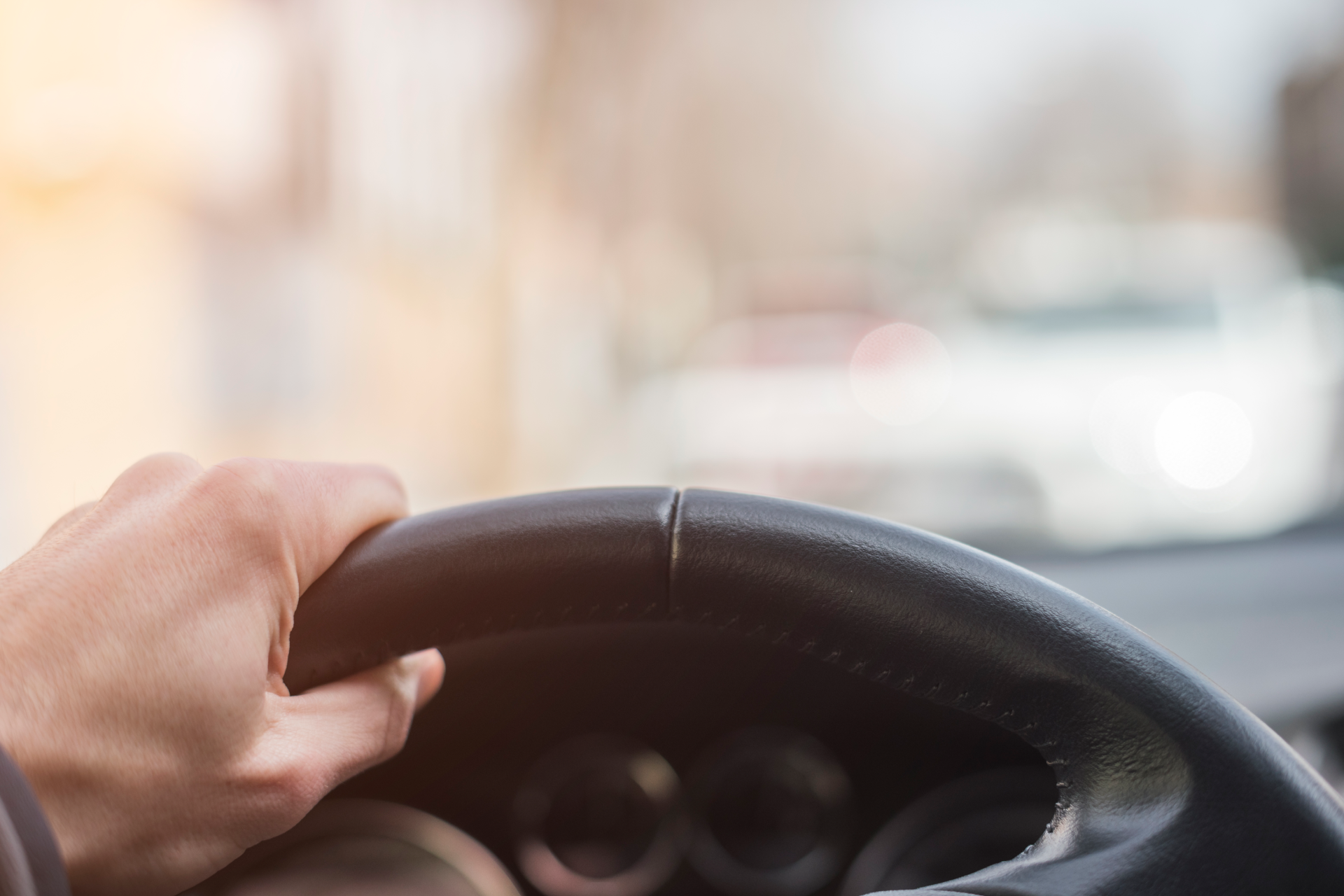Natural disasters and car insurance: which policy covers you best?
July 20, 2023
There were 18 weather and climate related-disasters across the U.S. in 2022, reports the
NOAA National Centers for Environmental Information (NCEI). Described as “catastrophic events with atmospheric, geological and hydrological origins (e.g., droughts, earthquakes, floods, hurricanes, landslides),” natural disasters can cause fatalities, property damage and environmental disruption.With nine confirmed natural disasters as of June 2023 (according to NCEI report) we're on target to meet or exceed the previous year's number. With severe weather and flooding trending, it certainly begs the question of how these weather-related events could impact car insurance rates.
Whether or not they do (we’ll answer that soon), it’s important to know that, depending on where you live, you’ll always want to ensure you have the
right coverage for you on your insurance policy. We spoke with some folks from our HiRoad insurance team, and they gave us the rundown.Natural disasters, location and insurance rates
When you quote with car insurance, you’ll generally be asked by the insurer to provide a mailing address and a garaging or location address.
What is a garaging or location address, and does it really matter? This is where your car will actually be parked—no, it doesn’t mean that it has to be in a garage, despite the name, and yes it really matters. This address will help your car insurance form an accurate quote and rate for you.
Depending on your insurer, things like car accidents in your area, how safely you drive and the kind of car you drive are factors that can determine your rate.
Another factor?
The environment. Climate, geography and your vehicle’s proximity to water can all influence your rate. Outside of normal weather patterns or conditions, if you live in an area that is more susceptible to natural disasters or even severe weather, insurers may have higher rates to compensate for losses.
One way to combat an increased rate is to consider telematics-based car insurance. Compared to traditional car insurance, telematics offers a tech-forward approach to save on your car insurance bill without sacrificing the coverage.
Does car insurance cover weather damage to cars?
Yes, car insurance can cover weather damage to cars. However, it’s important to distinguish between typical weather-related accidents and damage as a result of severe weather—more on that in a minute.
Because natural disasters aren’t a one-size-fits-all (kind of like car insurance) it can be difficult to know which coverage falls under which weather scenario. Here are some FAQs around what type of car insurance covers natural disasters.
Disclaimer: you should always review your auto insurance policy and contract for details and specific coverage information, based on each situation.
Does car insurance cover hail damage?
If your car was impacted by a hailstorm and left looking like the golf balls you hit on the fairway, there’s one coverage that you’ll hope to have your policy: Comprehensive coverage. This coverage, which typically has a deductible, can help cover repairs to your vehicle from hail damage.
Does car insurance cover wind damage?
There’s blowin’ in the wind and being blown by the wind. Wind, at a high enough speed, can potentially damage your car. Most car insurance companies will categorize these damages as weather-related, leaving them to fall under (again) Comprehensive coverage.
Does car insurance cover fire damage?
Wildfires seem to be a regular occurrence during summer and early fall months. For those who live in areas where wildfires can pose a threat to homes and vehicles, it’s never a bad idea to include Comprehensive coverage to your insurance policy. This coverage covers fire-related damage to your vehicle. So when you ask yourself, “My car caught on fire, will my insurance cover it?”, you’ll know which coverage applies.
Weather-related accidents vs damage caused by weather
Let’s address the distinction between two scenarios with examples.
A car accident that involves severe weather. In this situation, let’s say you’re involved in a car accident where you hydroplane off the road, due to rain caused by a tropical storm, and hit a tree. Although weather was involved, it does fall under the category of a collision, which you’d need Collision coverage on your policy to assist with damages to your car.
Vehicle damage that is caused by severe weather is what we’ve been talking about so far. Let’s say that you park your car in the driveway of your home and a random hail storm comes in and leaves several dents, cracks and dings to your ride—that would fall under Comprehensive coverage, because the weather caused said damage.
As you consider your coverage options, an important tip to keep in mind is considering adding Comprehensive and Collision coverage to your policy, as you consider where your vehicle will be driven and parked.
Prep with a severe weather car kit
Mother Nature is unpredictable at times, which is why being prepared for those unexpected weather moments can be a lifesaver. We’ve talked about what to have in a car emergency kit, but here are some notable severe weather situations that may require additional prep to your car kit.
Heavy snow—add warm clothing, tire chains, a tow rope and sand or cat litter
Severe rain and wind—include evacuation maps, batteries, spare clothing, waterproofing bags for important documents
Fires—add a portable fire extinguisher to your car and an escape tool
Just as it’s important to be prepared for the unexpected with what you keep in your car, it’s equally essential to have coverage for the unexpected. What do we mean by that? Remember, how your car was damaged (in an accident versus weather) will impact which coverage applies to the damage.
Because of unexpected occurrences, reviewing all coverages available to you on your auto policy is a great starting point.
Now, all of that coverage? It can feel pricey. But thankfully, car insurance doesn’t always have to be, especially for those who drive mindfully. Going the speed limit, following the rules of the road and driving less distracted are all signs of a mindful driver. And telematics-based insurance, like HiRoad, recognizes those behaviors to reward drivers with a monthly savings on their insurance bill.
You don’t have to sacrifice coverage for cost. You can have the best of both worlds, with HiRoad, and save for those rainy days (pun intended).
The information in this article was obtained from various sources not associated with HiRoad®. While we believe it to be reliable and accurate, we do not warrant the accuracy or reliability of the information. HiRoad is not responsible for, and does not endorse or approve, either implicitly or explicitly, the content of any third party sites that might be hyperlinked from this page. The information is not intended to replace manuals, instructions or information provided by a manufacturer or the advice of a qualified professional, or to affect coverage under any applicable insurance policy. These suggestions are not a complete list of every loss control measure. HiRoad makes no guarantees of results from use of this information.
Stay on the path
Get HiRoad in your inbox
Share your email to get the latest about our community of mindful drivers.



